My Fair Lady is a musical that manages to mix British class warfare in with a love of flowers. I’m always suspicious of the people that claim to love the film, as it’s never the ones I suspect. That’s not to underplay how well Hepburn and Harrison play in My Fair Lady. It’s just that the film is a little more mean than She’s All That. The undertone of the movie is you can’t be worth anything unless you speak properly.
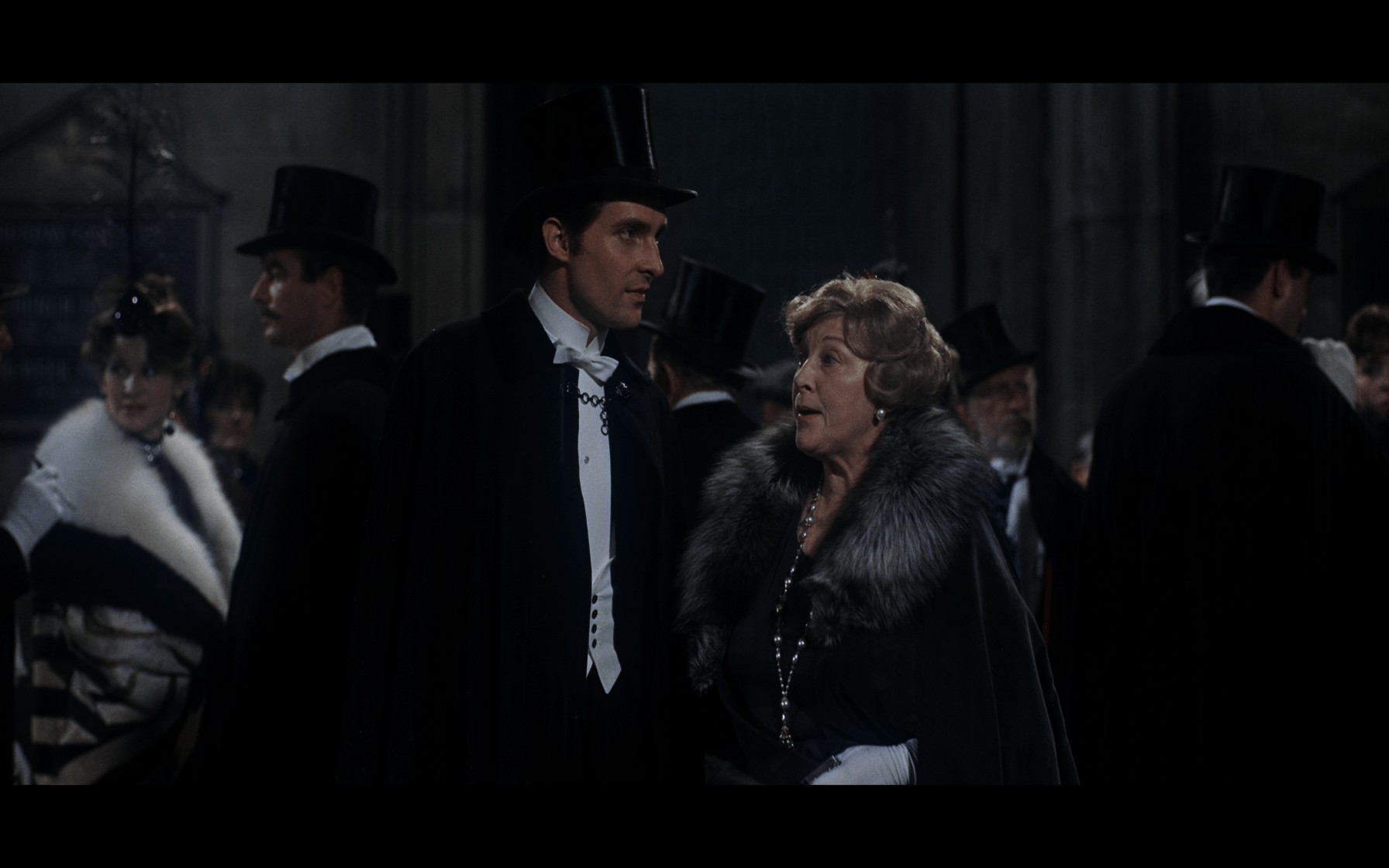
Rex Harrison was a prolific actor who gets remembered the most for My Fair Lady. When covering classic cinema in the past, we’ve tended to talk a lot about him. But, he’s fallen out of favor in the last 20 years. I think a lot of that has to do with perpetually looking older than most classic actors of his era. It’s sad to say that ageism has an impact on how people approach cinema, but here we are. If it wasn’t the case, then I’d have people begging me to review The Kominsky Method Season 3.
Moving past that, Harrison does his best in My Fair Lady. He feels like he should be 10 years younger, but he works as an academic trying to make his way through proper society. Plus, he taps into something that I still don’t think gets shown in modern films. When you get a bunch of nerds together, they can be mean in a way that very few groups can ever achieve. That mix of mental skill and inner anger always translates weird.
While George Bernard Shaw and George Cukor weren’t in that mindspace, the underpinnings remain. Eliza Doolittle isn’t a victim, so much as blissfully exploited. How is that different? Well, Doolittle like most people in British society at that point understood the power of clout seeking. If you could find a way to break through class barriers, then you could climb the Higher Chain of Being. Again, My Fair Lady is suspicious musical to love.

Audrey Hepburn does amazingly well in a role that belonged to Julie Andrews on Broadway. Andrews lost out on the theatrical role, but would snipe the Best Actress Oscar in the same year. Beyond that, My Fair Lady was a smash success. Having won 8 Oscars, the film would go on to become one of the Top 3 movie musicals of the 1960s. The original show creators wanted to shoot on location and with different casting, but no one cared.
It’s just watching My Fair Lady 57 years later, it’s hard not to see a movie like this from a certain point of history. When watching these kids and non movie fans react to classic movies on YouTube, I noticed a trend. There is a media glut of options, so everyone defaults to what they know and never grow beyond that. However, when you drop a 1960s musical adaptation of a 1950s stage show, it hits odd.
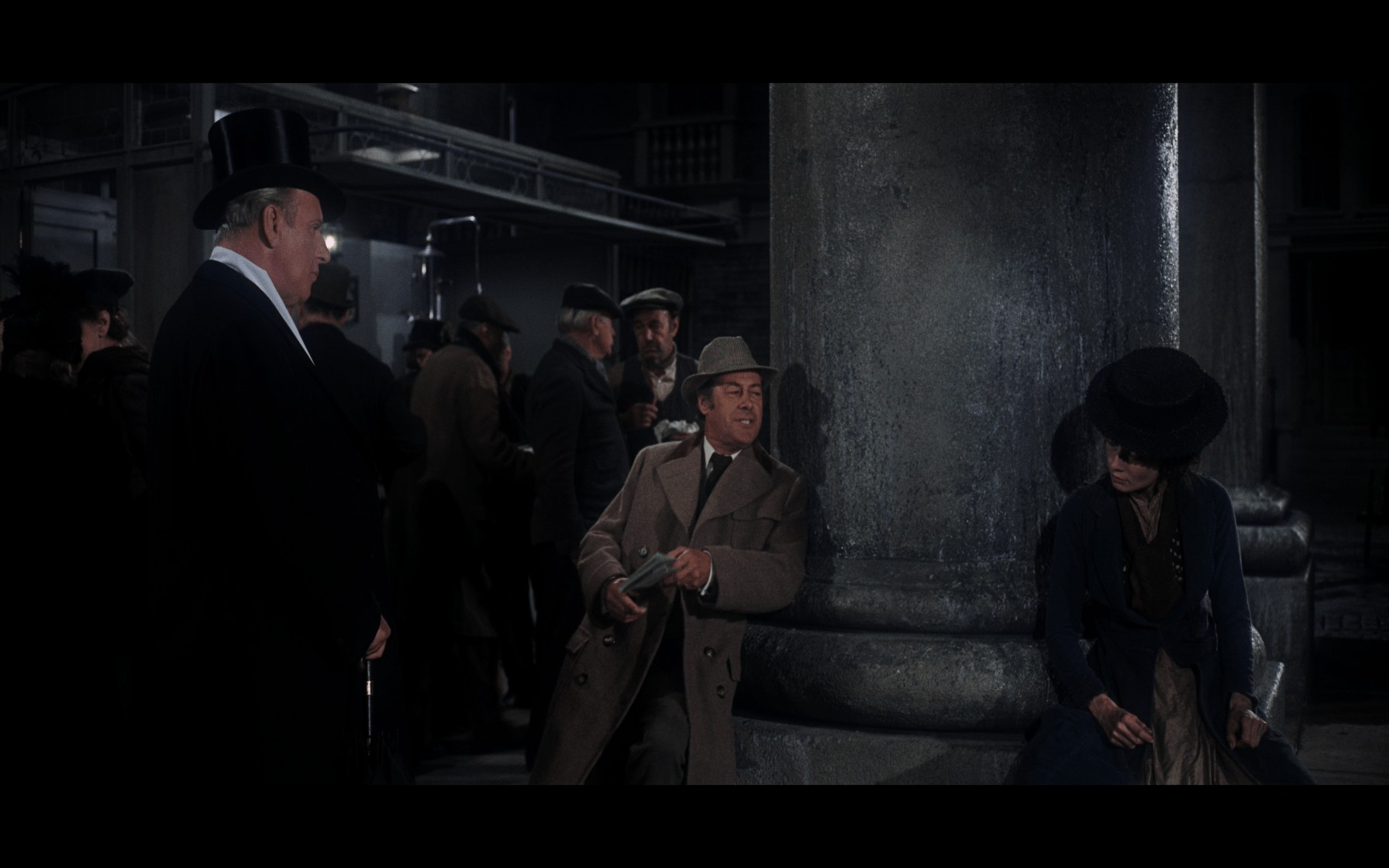
Musicals in the mid 1960s were a last gasp of the Studio Golden Age. In three years, the hippies would take over and Hollywood would begin making mature movies. That would eventually crumble when people realized they wanted to see sharks and Jedi more than adult cinema. Watching the cycles in which people interact with entertainment is fascinating. But, nothing has ever been as entertaining to watch as how people read movies.
Whether it’s the novice YouTube reactor, the old caste critic or the casual pop culture writer…everyone projects themselves into a shared text that never quite happened with the stage, music or novels. There will be vinyl collectors and literature professors screaming at me over that statement. But, it’s true. The magic of the cinema was it was the first mass media popular format that held the same influence all over the globe for over a century.

Radio came close, but never quite achieved the same penetration. By staging exclusive entertainment to a fixed location priced for the masses, you brought societal comfort to the poor and downtrodden. What was my point? Well, it all relates back to how popular entertainment ages and sticks with the masses. If you stick with what is comfortable, then you don’t move beyond the fish sticks and ‘chicky nuggets’ of your cinematic diet.
Be better and engage with material that is far aged than you. That doesn’t mean you have to like it, as My Fair Lady is a musical that alienates theater fans. Don’t believe me, start a fight over Moss Hart and watch what happens.
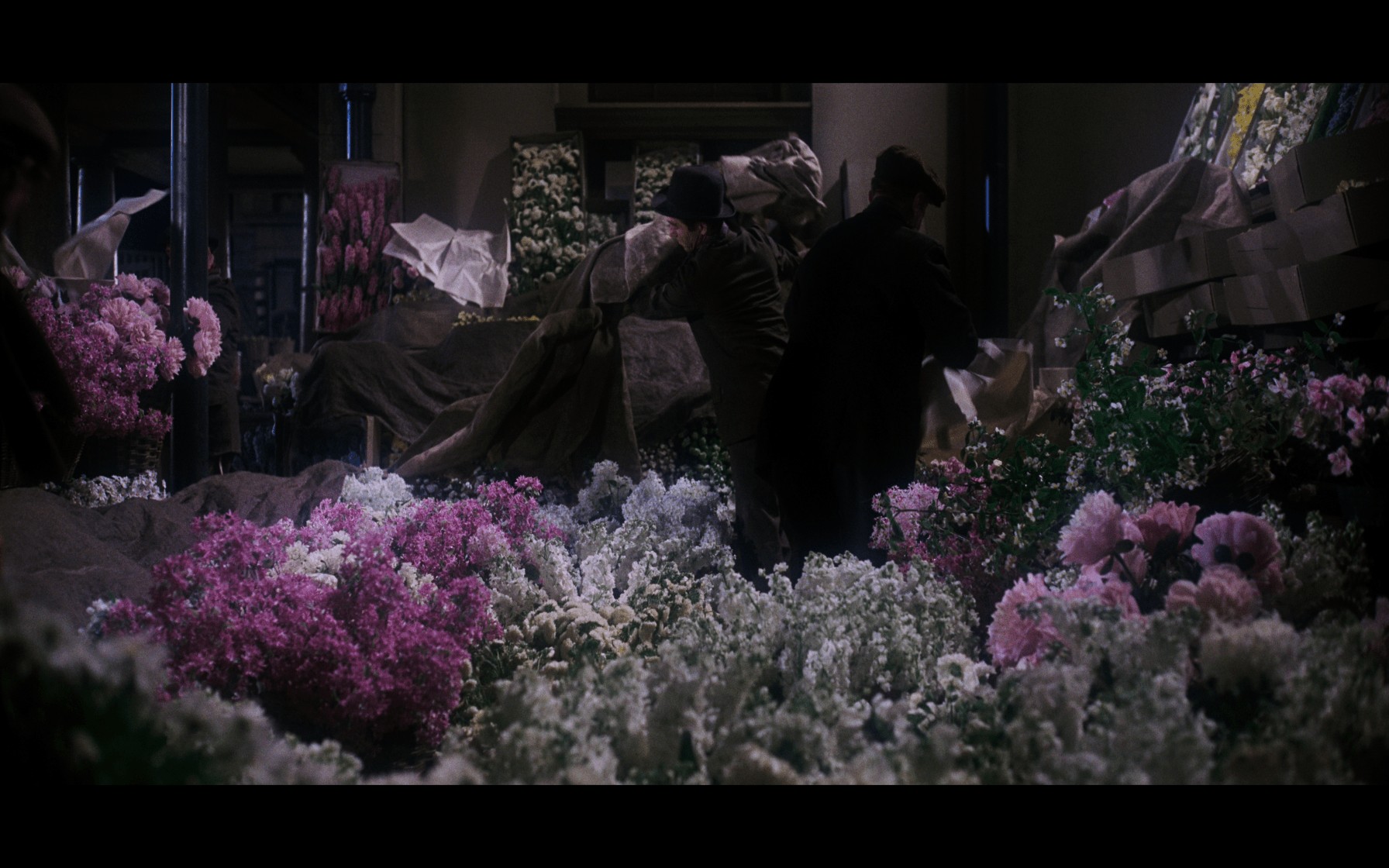
The My Fair Lady 4K UHD from Paramount is on par with their recent stellar classic film 4K bows. The special features range from the Blu-ray special features and a Digital Copy. The big winner is the HDR 4K transfer which caused us to have to update how we do our screenshots. Due to the extra information, we’ve chosen to shrink down how they present on page. While some liked the old style, we’re in the process of converting all of those 4K shaky HDR shots over to this style.
LATE EDIT: So, we’ve hit a slight delay in our new 4K setup. Basically, we can get HDR and have to downscale or we drop HDR and get source appropriate. Right now, we’re favoring HDR and getting downscaled 4K images. We plan on returning and restoring shots to source appropriate sizing in the future. For the sake of getting everything live on time, this is the plan moving forward.
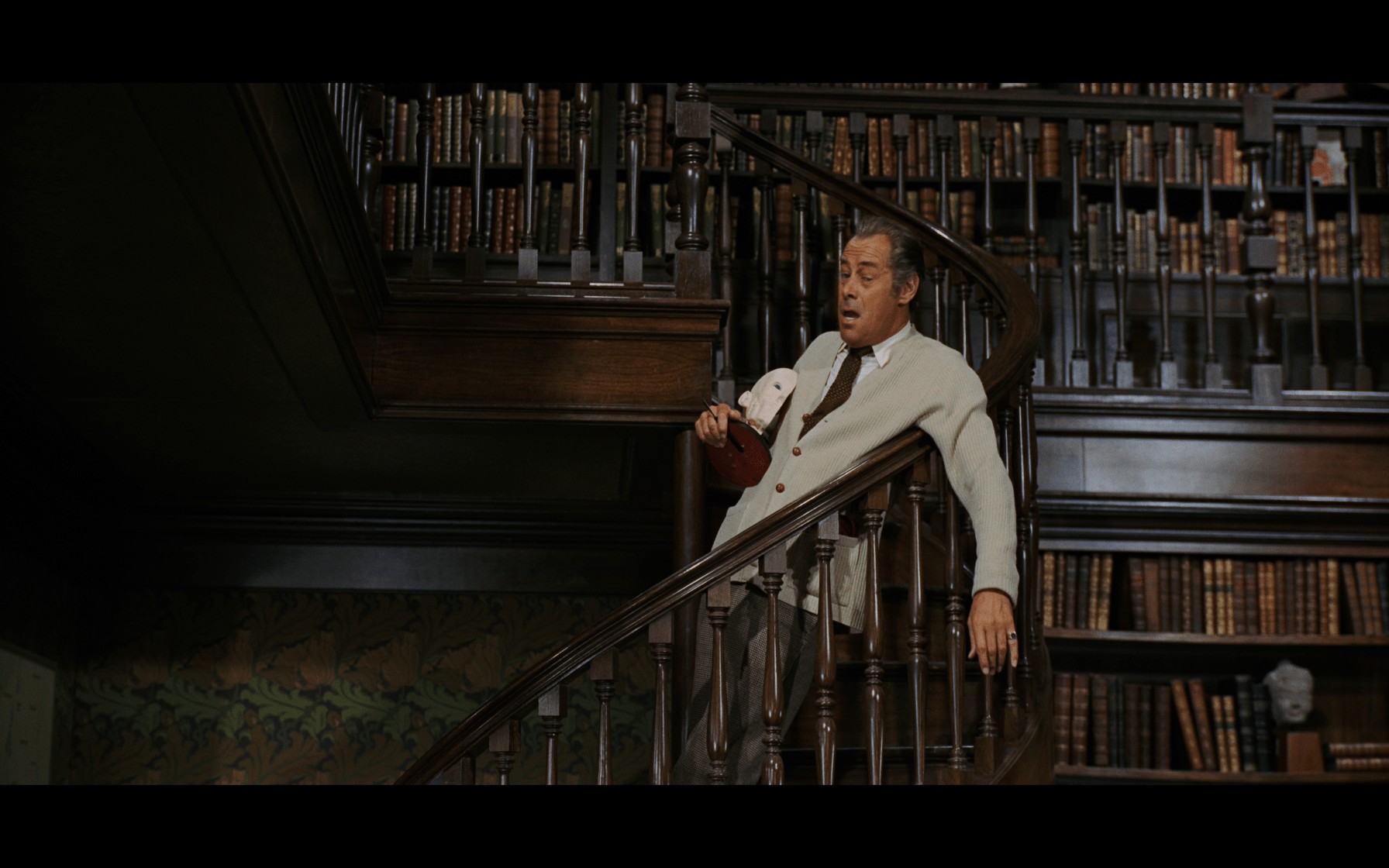
Pick up My Fair Lady and show that you have some taste.
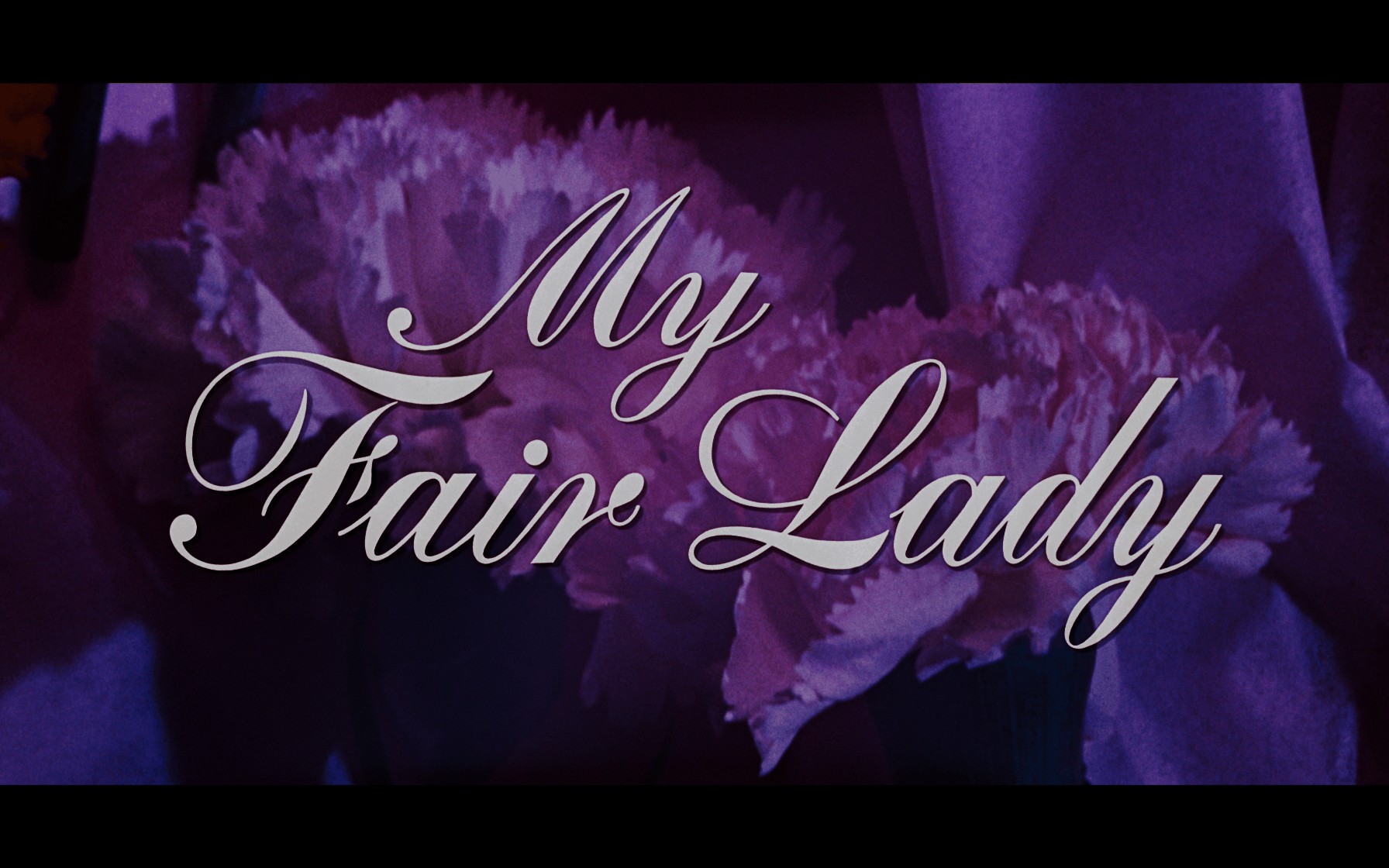
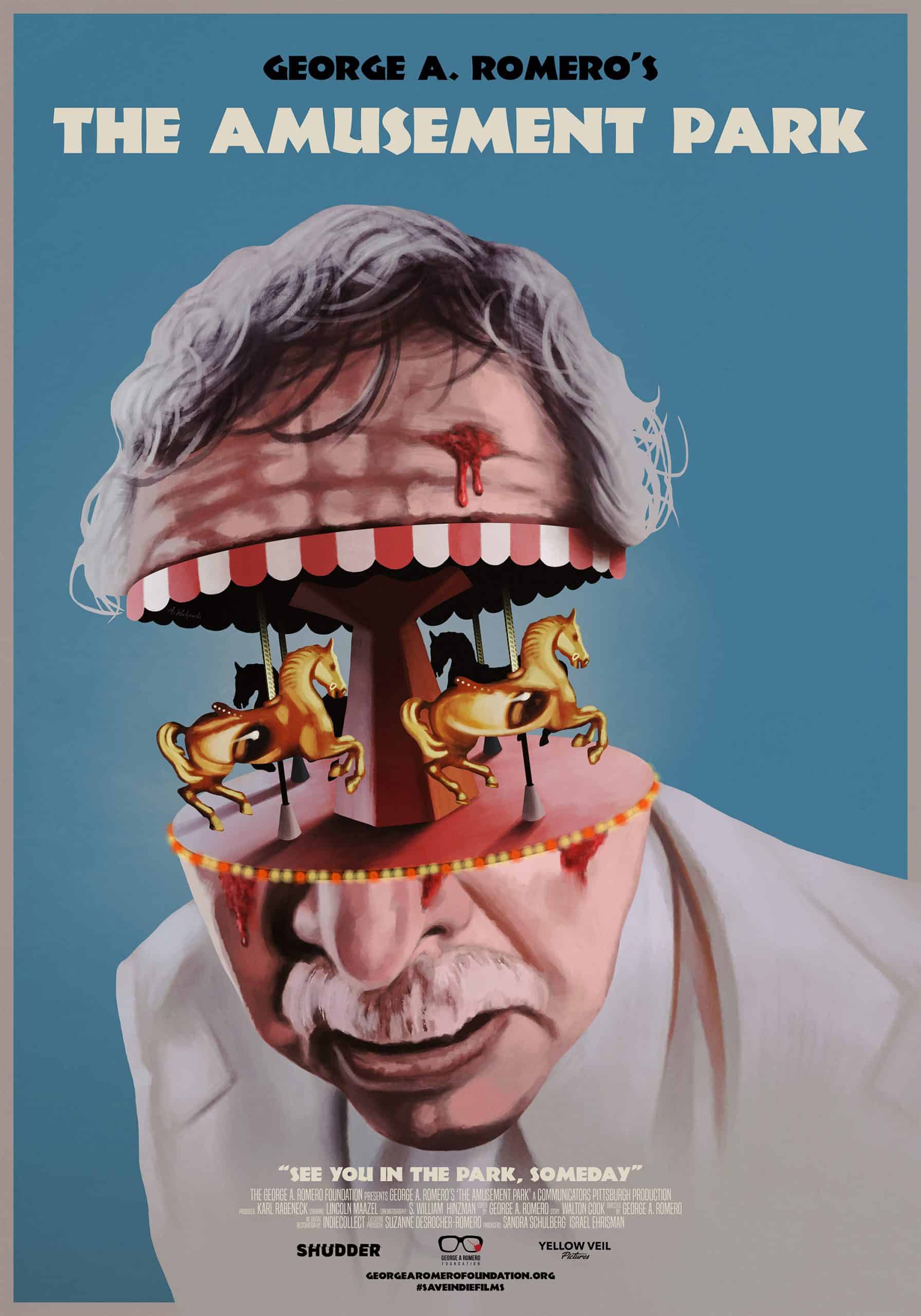
![Super 8: The Stranger Things Missing Link [4K UHD review]](https://andersonvision.com/wp-content/uploads/2021/06/2021_06_13_11_54_14.jpg)
[…] Super 8 4K UHD comes with two hours of special features. A lot of it was recycled material from the original […]
For the newly interested, this is one of several review scheduled for the 4K HDR upgrade. Please bare with us.